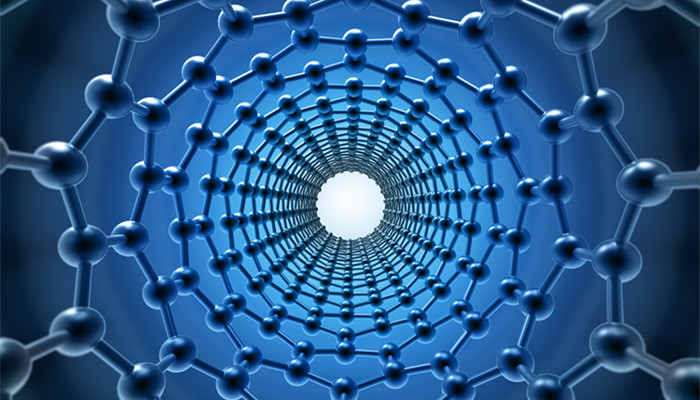
Yttrium silicate crystal (YSO) has no spontaneous emission and can be used in a wide range of applications
Yttrium silicate, chemical formula Y2SiO5, appears as white powder, insoluble in water and difficult to dissolve in acid. It can be used as a heat insulation, corrosion-resistant, anti-oxidation coating material, as well as scintillation crystal, fluorescent material, and luminescent material. Yttrium silicate crystal, referred to as YSO, is grown using the Czochralski method. It is a monoclinic crystal system. It is a scintillator material with high detection efficiency for gamma rays. It has high density, high light yield, high luminous intensity and long decay time. It has the advantages of short length, strong radiation resistance and non-deliquescing.
Yttrium silicate crystal, lutetium silicate crystal (LSO), and lutetium yttrium silicate crystal (LYSO) have similar properties. They all have high luminous intensity, fast response speed, high luminescence yield, strong radiation resistance, and non-deliquescence. Features. The disadvantage of lutetium silicate crystal is that it is difficult to grow. Adding yttrium element to yttrium silicate crystal makes the growth difficult. However, the lutetium element is naturally radioactive and the background radiation is high. Compared with the two, yttrium silicate crystal does not contain lutetium. element, no spontaneous emission.
The luminescence peak of yttrium silicate crystal is 420nm, which is suitable for coupling with photomultiplier tubes and silicon photomultiplier tubes; the detector made of yttrium silicate crystal as scintillator has high sensitivity characteristics and can detect 5keV-145keV low-energy gamma rays, and 49keV low-energy beta rays. Therefore, yttrium silicate crystals can be widely used in high energy physics, nuclear physics, nuclear medicine, geological exploration and other fields.
According to the“2023-2028 China Yttrium Silicate Crystal (YSO) Industry Market In-depth Research and Development Prospects Forecast Report” released by the Industrial Research Center shows that yttrium silicate crystals can improve product performance by doping other elements, such as doping cerium (Ce), praseodymium (Pr), europium (Eu), terbium (Tb), etc. Doped yttrium silicate crystals can further broaden the scope of application and are used as scintillation crystals and laser crystals. They are widely used in semiconductor devices, optoelectronic devices, passive switching elements, infrared lasers, radiation detectors, optical computing, optical storage, scientific research and other manufacturing fields. .
Judging from the subdivision of doped yttrium silicate crystal products, the performance of cerium-doped yttrium silicate (YSO:Ce) is similar to that of the common cerium-doped yttrium lutetium silicate (LYSO:Ce), with slightly lower light output efficiency and slightly longer luminescence decay time. It is a scintillation crystal with excellent performance; terbium-doped yttrium silicate (YSO: Tb) can emit green fluorescence when excited by cathode rays, and can be used as phosphor for color TVs and monochrome display tubes; europium-doped silicon Yttrium oxide (YSO: Eu) is an important material for manufacturing removable quantum flash drives.
Industry analysts said that yttrium lutetium silicate crystal has the most application prospects due to its excellent comprehensive properties and low crystal growth difficulty. One of the inorganic scintillator materials. In comparison, the performance of yttrium silicate crystals is slightly lower in terms of light yield and light attenuation, but it has the advantage of no spontaneous emission. Therefore, yttrium silicate crystals may be used complementary to yttrium lutetium silicate crystals in scenarios that require higher spontaneous emission.

 微信扫一扫打赏
微信扫一扫打赏

